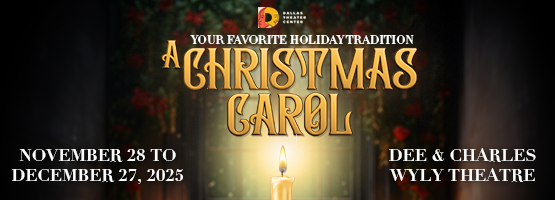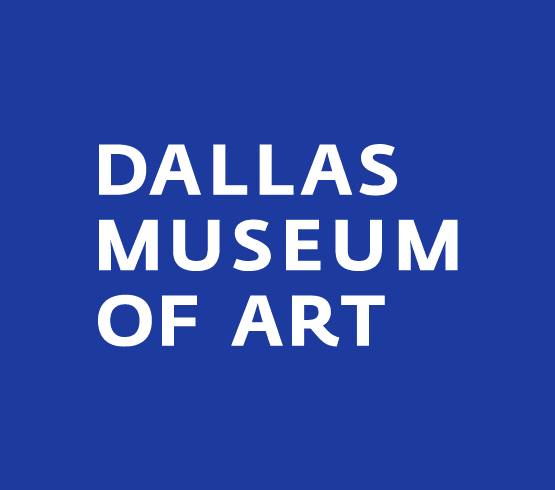“Artists make what they want to see. What do you want to see?” That question, posed by art historian Frances Colpitt to Bennie Flores Ansell in the early days of her artistic journey, was a revelation. “It was a freeing thing,” remembers Flores Ansell.
The idea of migration has been with Flores Ansell all her life. “I am evidence of a migration.” Flores Ansell migrated with her parents from the Philippines to Connecticut when she was just a baby. “Even as a child, I used to lie on the lawn and just look up at the sky and watch the birds fly, especially in the fall when they were flying south.”
Now, surrounded by the materials and objects of her body of work, strands of deeply connected ideas—identity, representation, histories, migration—-have coalesced as Flores Ansell installs the various aspects of her artistic practice in the spacious gallery of the Asia Society Texas Center, as part of the Artists On Site Series 2 residency (on view through Sept. 12). It is the culmination of the last 10 years of the artist’s conceptual experimentations.
Several deconstructed elements of analog photography inform Flores Ansell’s conceptual explorations. She has given new life to the sprocket holes that run along the edges of the film and move it through the camera. Variously sewn, crocheted, strung up, the artist has given these obsolete, discarded elements new dimension and structure, as well as movement. Constructed as non-chronological timelines, with sprocket holes of different times next to each other, the compression of the material represents the compression of time itself, temporal loops that mimic history.
“Why did I specifically go to the part of the film without an image?” Flores Ansell asks herself. “I think it’s about the feeling of not seeing a likeness of myself when I was growing up, as well as all the histories that are coming to the fore that we didn’t know before.” Her work with deconstructed artifacts of analog photography began 10 years ago. Flores Ansell has almost exhausted her slide collection, including 50 garbage bags full of art slides she retrieved from the Museum of Fine Arts Houston’s slide library. She’s almost done taking them all apart. Now, with the works using the glass mounts, she’s finally getting to what she wants to say about the weight of the missing image.
“These pieces of glass are gorgeous. They have come to represent to me all the images we didn’t get to see and witness,” explains Flores Ansell. She’s stacking the glass slides together like bricks and laying them in the American bond masonry pattern inside collection boxes, playing with the switch to make a stronger bond and experiment with the composition. She lifts up one collection box, weighing in at 14 pounds. It is a physical manifestation of the heavy weight of the missing, and by the same token, the power of seeing the representation with transparent clarity.

1 ⁄9
Bennie Flores Ansell at Asia Society Texas Center as part of Artists on Site. Photo by Kaitlyn Ellison.

2 ⁄9
Bennie Flores Ansell, Asia Society, Migration.

3 ⁄9
Bennie Flores Ansell at Asia Society Texas Center as part of Artists on Site. Photo courtesy of Asia Society/Chris Dunn.

4 ⁄9
Bennie Flores Ansell at Asia Society Texas Center as part of Artists on Site. Photo courtesy of Asia Society/Chris Dunn.

5 ⁄9
Bennie Flores Ansell, Deconstructed Slide from the MFAH, glass slide mount, slide film, cut into a 1 inch dot and hand-cut sprockets and sprockets threaded on beadalon.

6 ⁄9
Bennie Flores Ansell at Asia Society Texas Center as part of Artists on Site. Photo courtesy of Asia Society/Chris Dunn.

7 ⁄9
Bennie Flores Ansell, Capture Jars from the Imelda 2000 series, 1999, hand-cut inkjet- transparency film.

8 ⁄9
Bennie Flores Ansell, Furcula, 2021, 3 D ceramic prints- wishbones are made from a CT scan of artist's collarbones

9 ⁄9
Bennie Flores Ansell, The Western Canon Compressed Timeline, 2020, 1 inch dots of slide film strung on beadalon.
Idea and process are one in Flores Ansell’s practice. She finds calm in the process-oriented, often tedious and repetitive work. “I feel centered when I’m doing it.” Sitting in this space, looking at her works past and present, she has reached an epiphany. “I’m always with what I did and where I’m going. I’m always with my ideas,” says Flores Ansell. “But now I’m taking a leap. When an artist gets older and starts peeling back the layers, she might finally discover the essence of what she wants to do. I think I’ve found the essence.”
The beauty of that discovery is what makes Flores Ansell’s conceptual art so powerful and personal. “All of my migrations are about wanting to fly!” Flores Ansell exclaims, pointing to a table displaying what appears to be wishbones. When she was diagnosed with arthritis in her shoulders, Flores Ansell asked her doctor to give her a CT scan of her collar bones. She made wishbones from them, joined together like a bird’s fused clavicles. “I would have a furcular that would make me strong enough to fly.” She’s experimenting with various materials, resin, sandstone, ceramic, polished steel, and eventually porcelain. She likes the dusty feel of the ceramic, associating its bone-like quality with the idea of mortality. The wishbones will be suspended from above in some wondrous configuration, taking viewers to the sky.
Light and flight, the essence of Flores Ansell’s conceptual ideas, are always present in her mind’s eye. How exhilarating it must be to fly, to see, and to be free. “It’s in me,” she believes, “when I’m making my work, it feels like I’m flying.”
—SHERRY CHENG




